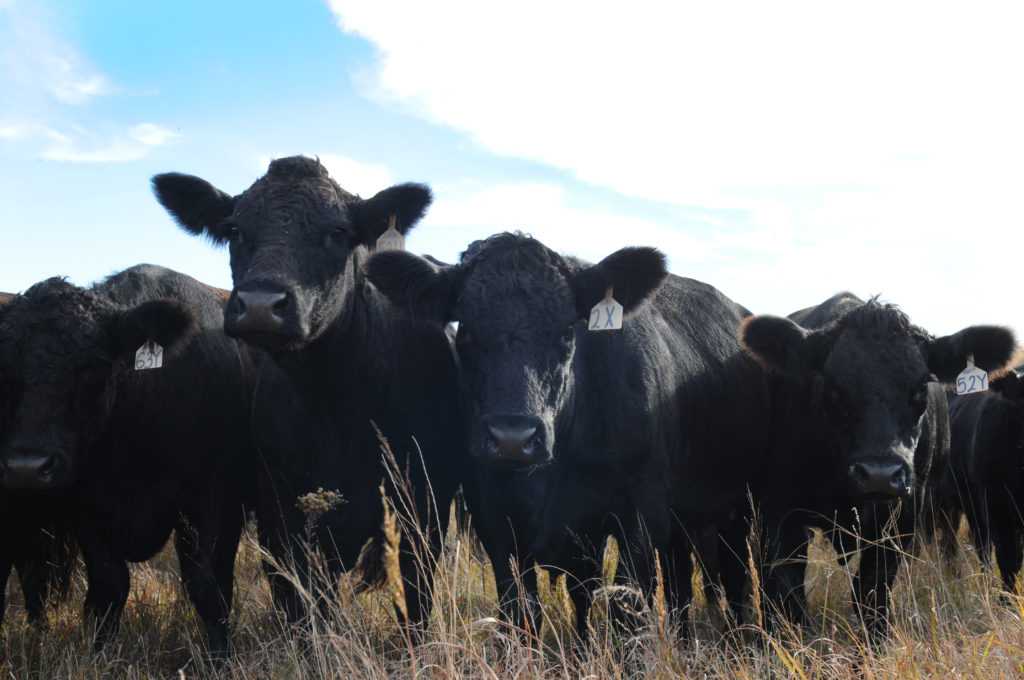Impact of COVID 19 on Cattle Producers
go.ncsu.edu/readext?667982
en Español / em Português
El inglés es el idioma de control de esta página. En la medida en que haya algún conflicto entre la traducción al inglés y la traducción, el inglés prevalece.
Al hacer clic en el enlace de traducción se activa un servicio de traducción gratuito para convertir la página al español. Al igual que con cualquier traducción por Internet, la conversión no es sensible al contexto y puede que no traduzca el texto en su significado original. NC State Extension no garantiza la exactitud del texto traducido. Por favor, tenga en cuenta que algunas aplicaciones y/o servicios pueden no funcionar como se espera cuando se traducen.
Português
Inglês é o idioma de controle desta página. Na medida que haja algum conflito entre o texto original em Inglês e a tradução, o Inglês prevalece.
Ao clicar no link de tradução, um serviço gratuito de tradução será ativado para converter a página para o Português. Como em qualquer tradução pela internet, a conversão não é sensivel ao contexto e pode não ocorrer a tradução para o significado orginal. O serviço de Extensão da Carolina do Norte (NC State Extension) não garante a exatidão do texto traduzido. Por favor, observe que algumas funções ou serviços podem não funcionar como esperado após a tradução.
English
English is the controlling language of this page. To the extent there is any conflict between the English text and the translation, English controls.
Clicking on the translation link activates a free translation service to convert the page to Spanish. As with any Internet translation, the conversion is not context-sensitive and may not translate the text to its original meaning. NC State Extension does not guarantee the accuracy of the translated text. Please note that some applications and/or services may not function as expected when translated.
Collapse ▲Impact of COVID 19 on Cattle Producers
As the coronavirus pandemic continues to wreak havoc in the United States, people are facing difficult decisions, economic hardships, and the fear of the virus impacting vulnerable loved ones.
How is agriculture faring in all this? Not well…
Commodity markets have collapsed, even with beef sold out in many grocery stores. There is the concern that packing plants will shut down. However, according to Colin Woodall, C.E.O. of National Cattlemen’s Beef Association (N.C.B.A.), the industry is prepared and promises an adequate number of both employees and inspectors in packing plants.
The economic impact has primarily affected beef cattle producers; whereas the packers have had major financial gains. The increased market for beef entering retail does not correspond with the price of feeder calves or stockers, as evident by the fall in the cattle market and futures. Woodall ensured there is not a shortage of beef in the country. The lack of supply in the stores is due to the unexpected public reaction of stockpiling groceries compounded with warehouse and transportation limitations. Woodall encourages consumers to continue to purchase beef, but discourages unnecessary stockpiling.
For cow/calf producers there are a few management tools that may decrease input costs to allow for continued farming, and not total loss. Such tools include:
- Soil test: Before spending money on fertilizer this spring, be sure to test your soil. Fertilizer will not improve forage quality sufficiently if pH is not at the ideal level (for fescue, the recommended pH is 6.2-6.5). Soil testing should be done at least once every three years. Soil testing is free beginning April 1, 2020.
- Cull: Although the market for cull cows is weak, consider culling those cows that have not given you a calf this year. Also cull cows who have a temperament issues, or those who have chronic health or hoof problems.
- Determine actual value of hay: The average cost of producing a standard 4×5 round bale is $20. This includes labor, fuel, and equipment depreciation. Ask yourself, “is this hay actually worth $20?” The only way to know is to have it tested for quality. If the quality is poor, feed costs will increase due to the need for additional supplementation.
- Establish means of adding value to calf crop: Rather than selling your unweaned calves at the local sale barn and receiving a very disappointing check, consider adding value to those calves. There are multiple ways to add value, such as weaning for 60 days, castrating, and vaccinating.
These are difficult times. Many producers may have to sell the entire herd, others will have to sell the majority. Be certain that North Carolina Cooperative Extension, North Carolina Department of Agriculture, and National Cattlemen’s Beef Association are continuously acting to protect cattle producers and the entire agricultural industry. Even with Governor Cooper’s Executive Order mandating residents to stay at home, agricultural producers are still allowed to travel for farming purposes. This solidifies the importance of agriculture and agribusiness. Farmers feed the world.
For further information, contact Addison Bradley, Livestock Agent, North Carolina Cooperative Extension of Transylvania County, 828-884-3109





